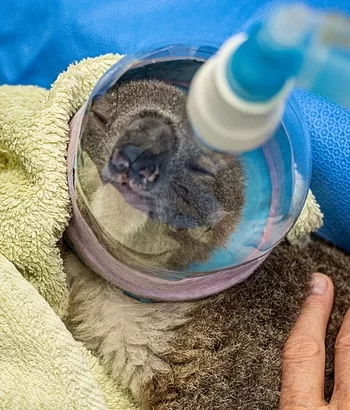In the realm of cinema, Stanley Kubrick is a name etched in the annals of greatness. Revered for his groundbreaking films like “2001: A Space Odyssey,” “A Clockwork Orange,” and “The Shining,” Kubrick’s directorial genius is celebrated worldwide. However, what many may not know is that before Kubrick became the cinematic luminary we recognize today, he honed his craft behind the lens as a still photographer.
Kubrick’s journey into the world of photography began during his teenage years in the Bronx, New York. His father was a dentist and a keen amateur photographer with a darkroom at home. At the young age of 13, Stanley Kubrick’s father gifted him a Graflex Pacemaker Speed Graphic camera, igniting a profound fascination with still photography. Fascinated by the art form, he started taking pictures for his high school newspaper at William Howard Taft High School, displaying an innate talent for capturing moments that resonated with viewers. This early passion would eventually blossom into a prolific career that would shape his cinematic vision.
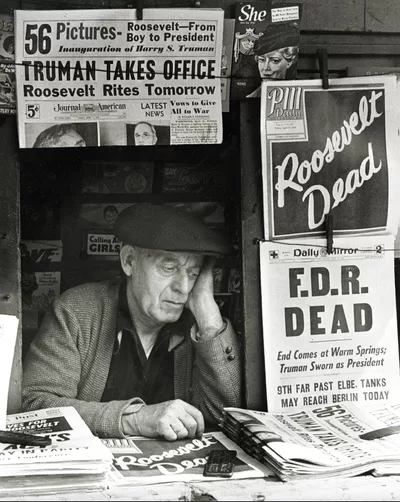
Stanley Kubrick at Look magazine
In 1945, at the age of 17, Stanley Kubrick, captured the poignant image of the heartbroken news vendor on the corner of the Grand Concourse and 172nd Street, reacting to the news of President Franklin D. Roosevelt’s death.
Initially offered $10 by the New York Daily News for the photograph, Kubrick decided to take his shot to Look magazine, where he was paid $25 for it. This iconic image made its debut in the magazine’s June 26, 1945, issue, marking Kubrick’s first sale to the newsweekly.
Following his graduation from William Howard Taft High School in 1946, Stanley Kubrick was taken on as an apprentice by Look magazine, the youngest staff photographer ever hired by the magazine. His official debut as a staff photographer occurred in the magazine’s January 7, 1947 issue.
Just two months later, Kubrick’s first significant assignment, “Life and Love on the New York Subway,” was published.
During his stint as a Look magazine photographer from 1946 to 1951, Kubrick developed a keen eye for composition, lighting, and storytelling. His photographs weren’t mere snapshots but rather intricate narratives frozen in time, each frame imbued with emotion and depth.
![Kubrick004-350 - 1EarthMedia Stanley Kubrick's Park Benches - Love is Everywhere [Couple flirting on a fire escape], 1946.](https://1earthmedia.com/wp-content/uploads/2024/04/Kubrick004-350-jpeg.webp)
![Kubrick004-350 - 1EarthMedia Stanley Kubrick's Park Benches - Love is Everywhere [Couple flirting on a fire escape], 1946.](https://1earthmedia.com/wp-content/uploads/2024/04/Kubrick004-350-jpeg.webp)
Whether documenting the everyday lives of New Yorkers or delving into more profound societal issues, Kubrick’s photographs exuded a sense of intimacy and authenticity that drew viewers in.
Photo, right: Park Benches – Love is Everywhere [Couple flirting on a fire escape], 1946.
Weegee’s influence on Stanley Kubrick was palpable, evident in the intimacy of Kubrick’s shots and the depth of his characters, though not necessarily in his choice of subject matter.
Life and Love on the New York City Subway
One of Kubrick’s most iconic photographic series from his time at Look magazine is “Life and Love on the New York City Subway.” In this collection, Kubrick captured the raw, unfiltered essence of urban life, showcasing the diverse tapestry of humanity that traversed the city’s subway system. From tender moments between couples to solitary figures lost in thought, Kubrick’s photographs offered a poignant glimpse into the human experience.
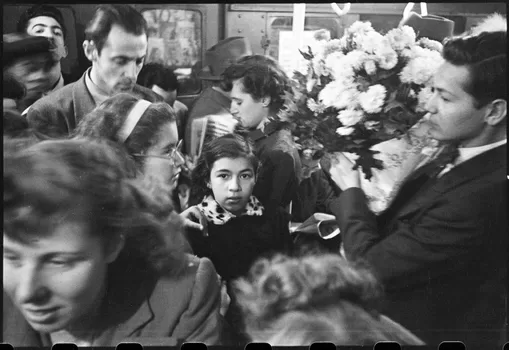

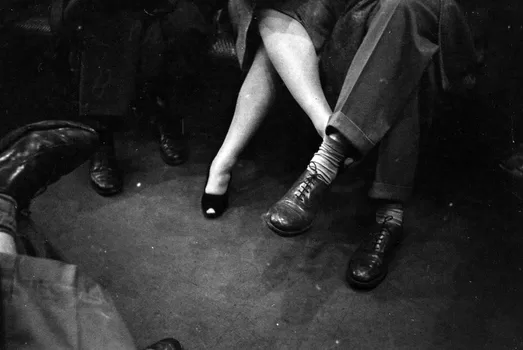

Stanley Kubrick photographed over 300 assignments for Look magazine and slightly over 100 are included in the Library of Congress collection. Additional Kubrick material can be discovered in the Museum of the City of New York (see Related Resources). Due to the ongoing interest in Kubrick’s work, all assignments he undertook for Look have been cataloged. These catalog entries emphasize descriptions of negatives that have been developed into prints.
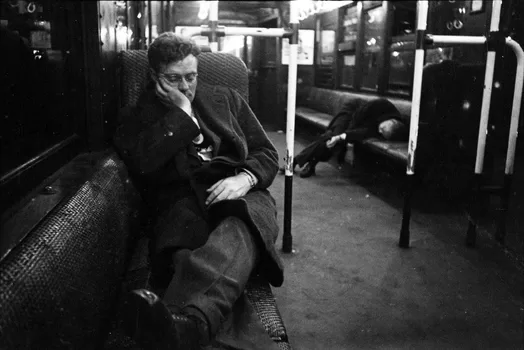

Stanley Kubrick’s subjects ranged widely, from the ordinary, like portraits in dentist offices, to the extraordinary, such as office lingerie models, and even encompassed epic themes.
A notable example is his 1949 photo essay titled “Chicago, City of Contrasts,” which aimed to provide a comprehensive portrayal of the city, its diverse populace, and its various industries. This work foreshadowed significant milestones in photojournalism, including W. Eugene Smith’s “Pittsburgh” series, by a decade.
Kubrick was active during the golden age of picture magazines, a time when Americans relied on black-and-white photo essays for both news and entertainment, often presented across multiple-page spreads.
For an aspiring filmmaker, there may be no better education than five years spent immersed in the world of daily photojournalism.
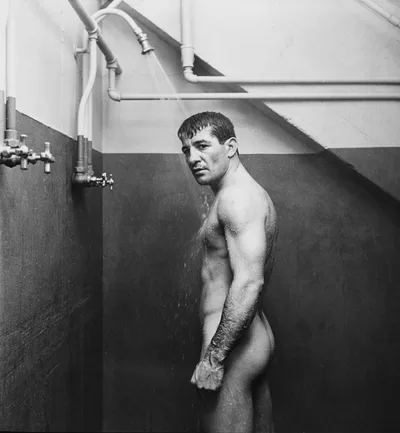

What set Kubrick apart as a photographer was his meticulous attention to detail and his ability to infuse his images with narrative depth. Each photograph was carefully composed, with every element serving a purpose in telling a larger story.
Whether it was the play of light and shadow or the subtle gestures of his subjects, Kubrick had a gift for capturing the essence of a moment in time.
Photo, right: Rocky Graziano, He’s a Good Boy Now [Rocky Graziano showering], 1949-1950.
Kubrick’s celebrity photos
During his final year contributing his photographs to LOOK magazine, Stanley Kubrick embarked on a series of celebrity profiles. Among his subjects were notable figures such as composer and conductor Leonard Bernstein, television personality Faye Emerson, and boxer Rocky Graziano, among others.
These profiles reflected Kubrick’s growing fascination with the world of cinema, as he delved into various forms of media including stage, radio, and movies.
As we continue to revisit his iconic films, let us not forget the indelible mark he left on the world of photography—a legacy that continues to inspire and captivate audiences to this day.
Kubrick’s legacy as a still photographer continues to influence aspiring photographers and filmmakers alike. His ability to evoke emotion and provoke thought through imagery remains unparalleled, serving as a testament to the enduring power of visual storytelling.
His extensive coverage of personalities provided Kubrick with invaluable insight into the intricacies of celebrity image crafting. Frequently present on set, he gained firsthand exposure to the inner workings of production processes. Through these experiences, Kubrick’s interest in film burgeoned, laying the groundwork for his future endeavors in the cinematic realm.
Interestingly, many of the themes and techniques Kubrick explored in his photography would later manifest in his films. The visual storytelling, the use of symbolism, and the exploration of human nature—all of these elements can be traced back to Kubrick’s formative years as a still photographer. Indeed, one could argue that his time behind the lens laid the foundation for his later cinematic masterpieces.
His tenure at LOOK magazine provided Stanley Kubrick with opportunities to experiment with various artistic styles. While LOOK magazine often favored straightforward composition and natural lighting typical of contemporary photojournalism, Kubrick diverged by often emulating the dark, brooding aesthetic of Hollywood film noirs, a genre he greatly admired.
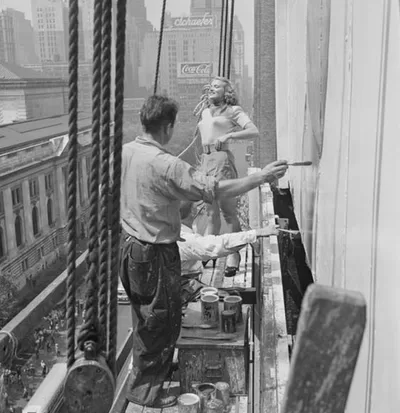

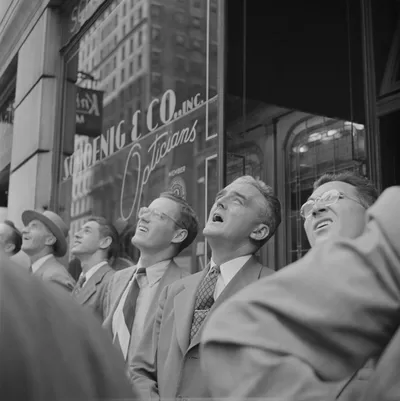

Advertising Outdoors [Model posing as men paint the billboard], 1947.
Advertising Outdoors [Men watching model being painted for the billboard], 1947.
Many of his early photographs mirrored the dispassionate perspective on life that would become characteristic of his films. While he may be best known for his contributions to cinema, Stanley Kubrick’s early foray into photography is a testament to his multifaceted talent and his unwavering dedication to his craft.
Kubrick’s early career in film
Despite lacking formal training in filmmaking, Kubrick’s innate talent and determination propelled him into the world of cinema, where he would ultimately leave an indelible mark. Stanley Kubrick’s early career in film is a testament to his relentless pursuit of excellence and his unwavering commitment to his craft.
![Kubrick04-400 - 1EarthMedia Stanley Kubrick, photographer, Walter Cartier, Prizefighter of Greenwich Village [Cartier and Dolores Germaine on a beach], 1948](https://1earthmedia.com/wp-content/uploads/2024/04/Kubrick04-400-jpeg.webp)
![Kubrick04-400 - 1EarthMedia Stanley Kubrick, photographer, Walter Cartier, Prizefighter of Greenwich Village [Cartier and Dolores Germaine on a beach], 1948](https://1earthmedia.com/wp-content/uploads/2024/04/Kubrick04-400-jpeg.webp)
Stanley Kubrick for LOOK magazine, Walter Cartier, Prizefighter of Greenwich Village, Cartier and Dolores Germaine on a beach, 1948
“Day of the Fight” (1951, 16 min) Stanley Kubrick’s first short documentary film captures the journey of Irish-American boxer Walter Cartier on April 17, 1950, as he meticulously prepares for his upcoming bout against Bobby James.
“Flying Padre” is a 1951 short subject documentary, shot in black-and-white. It stands as the second directorial venture of Stanley Kubrick. With a duration of nine minutes, the film was promptly completed following Kubrick’s initial project for RKO, the short film “Day of the Fight” (1951).
Kubrick’s journey into feature film making began in the early 1950s when he borrowed money from his family to finance his first independent film, “Fear and Desire” (1953). Despite its modest reception, the film showcased Kubrick’s potential as a director and marked the beginning of his exploration into the medium.
![Kubrick007 - 1EarthMedia Show Girl [Rosemary pouring tea], 1949, Stanley Kubrick for LOOK magazine](https://1earthmedia.com/wp-content/uploads/2024/04/Kubrick007-jpeg.webp)
![Kubrick007 - 1EarthMedia Show Girl [Rosemary pouring tea], 1949, Stanley Kubrick for LOOK magazine](https://1earthmedia.com/wp-content/uploads/2024/04/Kubrick007-jpeg.webp)
Photo left: Show Girl [Rosemary pouring tea], 1949, Stanley Kubrick for LOOK magazine
Following “Fear and Desire,” Kubrick continued to refine his skills, directing a series of films that demonstrated his versatility and innovation.
Kubrick’s early feature films, such as “Killer’s Kiss” and “The Killing,” bore the influence of film noir both in terms of aesthetic and thematic elements. These films explored themes of boxing, crime, horse racing, as well as ambition and alienation—subjects that Kubrick had previously delved into during his time at LOOK magazine.
“Killer’s Kiss” (1955, 67 min) In this noir-inspired romantic drama, Davey Gordon (played by Jamie Smith), a former New York City boxer grappling with his past, finds himself entangled in a perilous affair with Gloria Price (portrayed by Irene Kane), a captivating dancer. As their relationship unfolds, Davey is thrust into a dangerous mission to protect Gloria from impending threats.
In 1956, he directed “The Killing,” a gritty crime drama that showcased his mastery of narrative structure and visual storytelling. The film received critical acclaim and established Kubrick as a director to watch.
However, it was Kubrick’s collaboration with Kirk Douglas on the epic historical drama “Paths of Glory” (1957) that truly solidified his reputation as a filmmaker of exceptional talent. The film, which explored themes of honor, justice, and the human condition, garnered widespread praise for its powerful storytelling and bold direction.
With “Paths of Glory,” Kubrick proved that he was capable of tackling complex subject matter with nuance and depth. The film also marked the beginning of his fruitful collaboration with actor Kirk Douglas, who would later star in Kubrick’s seminal works, including “Spartacus” (1960).
In 1960, Kubrick ventured into new territory with “Spartacus,” a sweeping epic that showcased his ability to handle large-scale productions while maintaining his distinctive vision. Despite facing challenges during the production, including creative differences with the film’s star, Kirk Douglas, Kubrick delivered a film that resonated with audiences and critics alike.
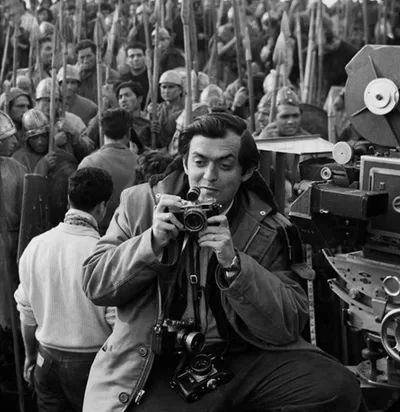

Photo shows Stanley Kubrick with his Nikon S2 rangefinder camera on the set of Spartacus.
However, it was Kubrick’s next project that would catapult him to international acclaim and cement his status as one of the greatest filmmakers of all time.
In 1962, he directed “Lolita,” an adaptation of Vladimir Nabokov’s controversial novel about a middle-aged man’s obsession with a teenage girl. The film courted controversy with its provocative subject matter but was praised for its boldness and artistic merit.
With each film, Kubrick pushed the boundaries of cinema, challenging conventions and exploring the depths of human nature. Whether tackling themes of war, justice, or morality, Kubrick approached each project with meticulous attention to detail and a relentless pursuit of perfection.
Stanley Kubrick’s early career in film serves as a testament to his singular vision and uncompromising dedication to his craft. From his humble beginnings as a self-taught filmmaker to his rise as a cinematic titan, Kubrick’s influence continues to reverberate throughout the world of cinema, inspiring generations of filmmakers to push the boundaries of storytelling and visual expression.
Film cameras
Guide to Collecting Vintage Film Cameras
| Leica M3 ° street, photojournalism Hasselblad 500C/M ° square fashion Nikon F ° press reportage, sport Rolleiflex TLR ° portraits Bronica 645 ° aerial | Contax IIa/IIIa ° affordable Leica Olympus OM2n ° low light Polaroid Land Camera ° novelty, studio test Kodak Brownie ° novelty Nikonos III 35mm ° underwater film camera |
Related stories
Andre Kertesz, a pioneer of street & fine art photography
Sebastião Salgado lens on Humanity’s Struggle and Resilience
Brecht’s Man Equals Man by Theatre of the Deaf
Heinrich Hoffman photographs Adolf Hitler public speaking
Dorothea Lange’s Pioneering Approach to Portraiture
State Library of New South Wales 20th Century photography
The first photograph taken in Australia was by Captain Lucas
Australia’s first professional photographer George B Goodman
The oldest surviving Daguerreotype in Australia, 1845
Photographer Paul Dubotzki in Australia’s WWI Internment Camps






